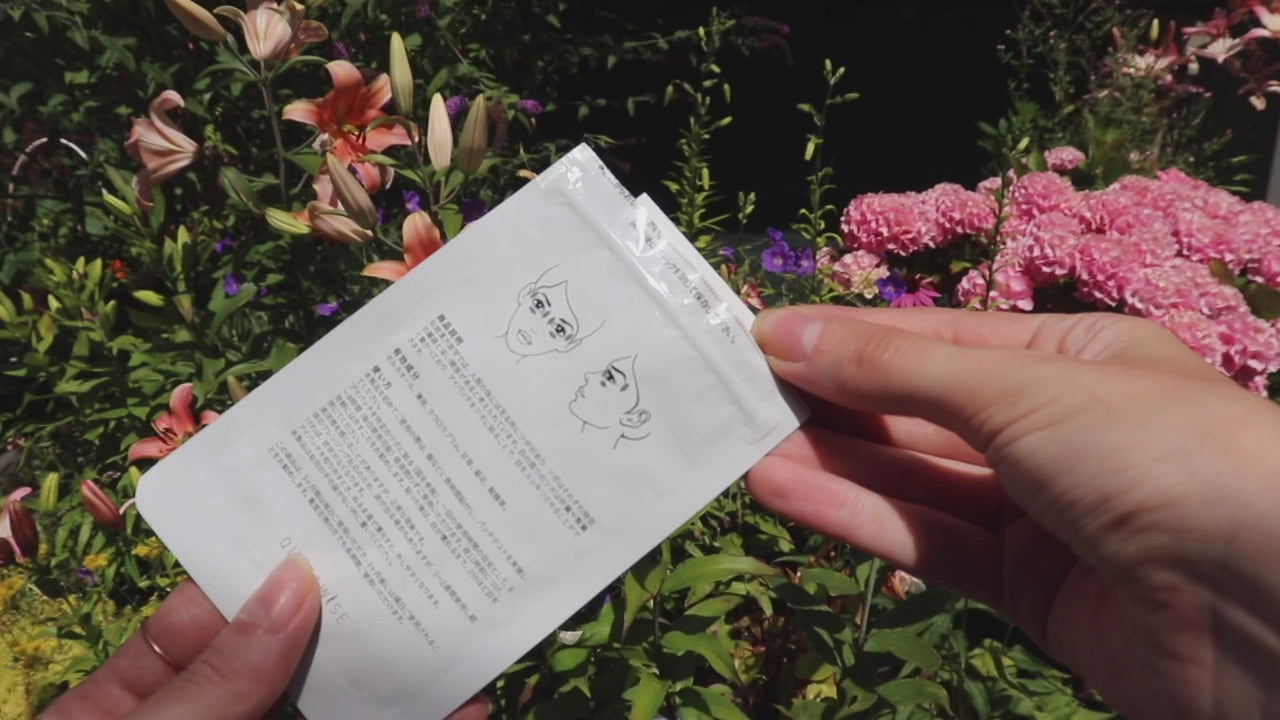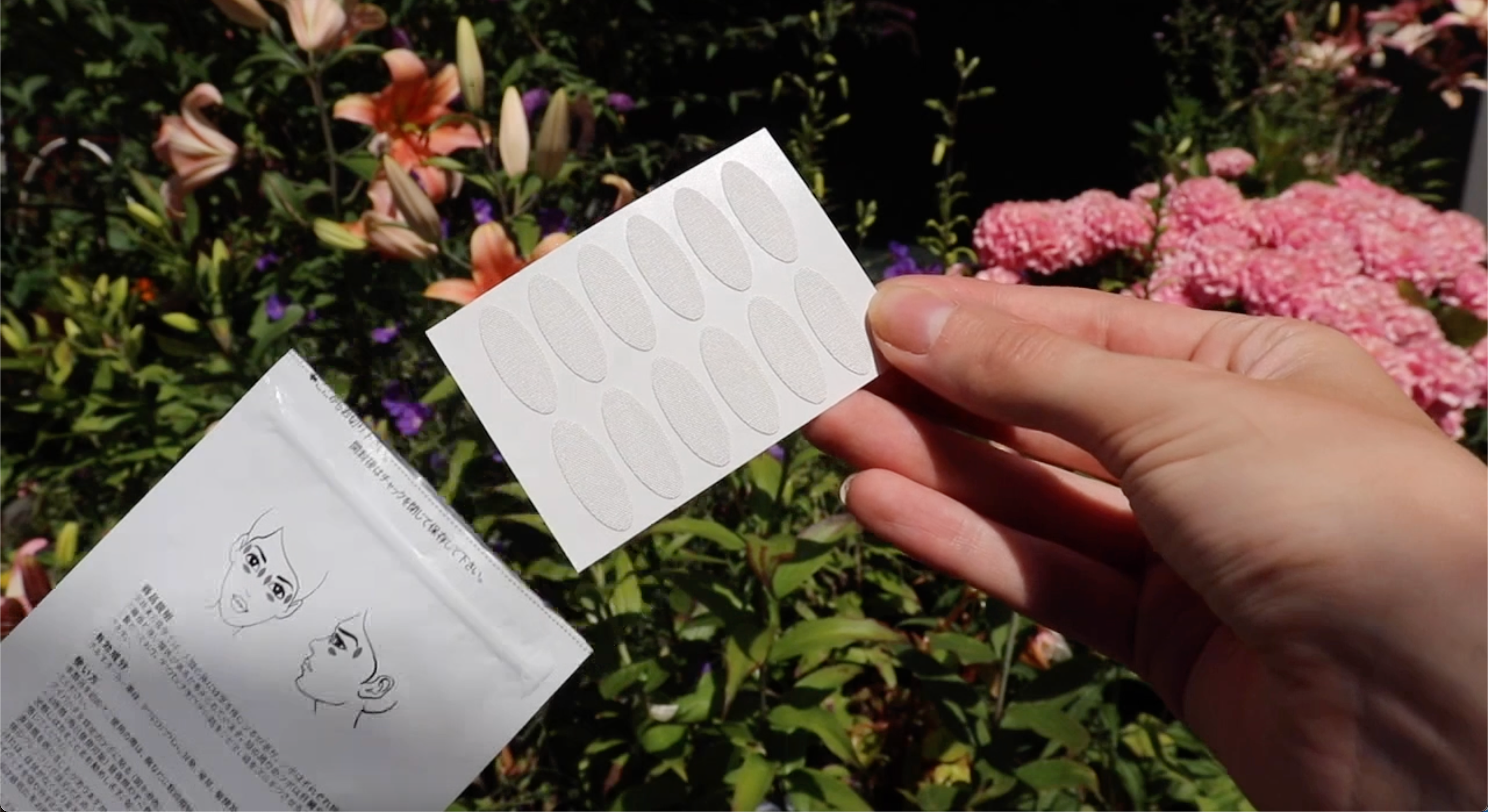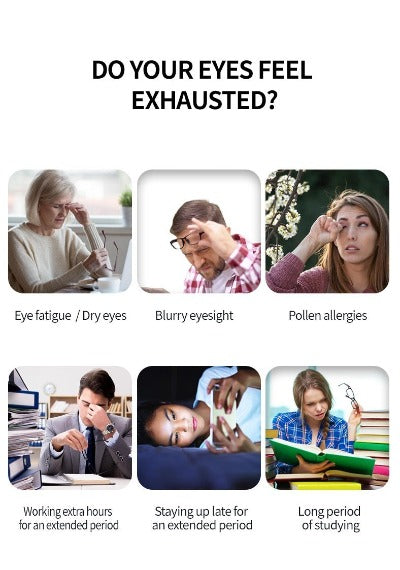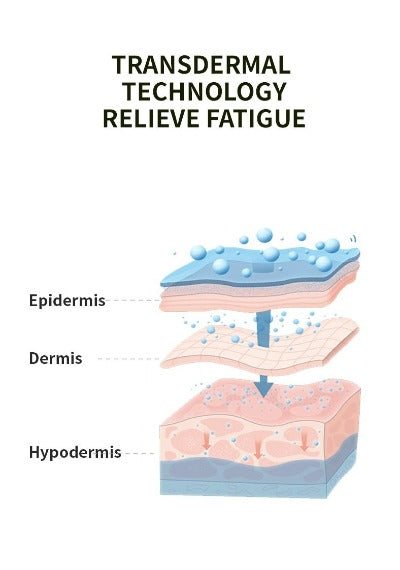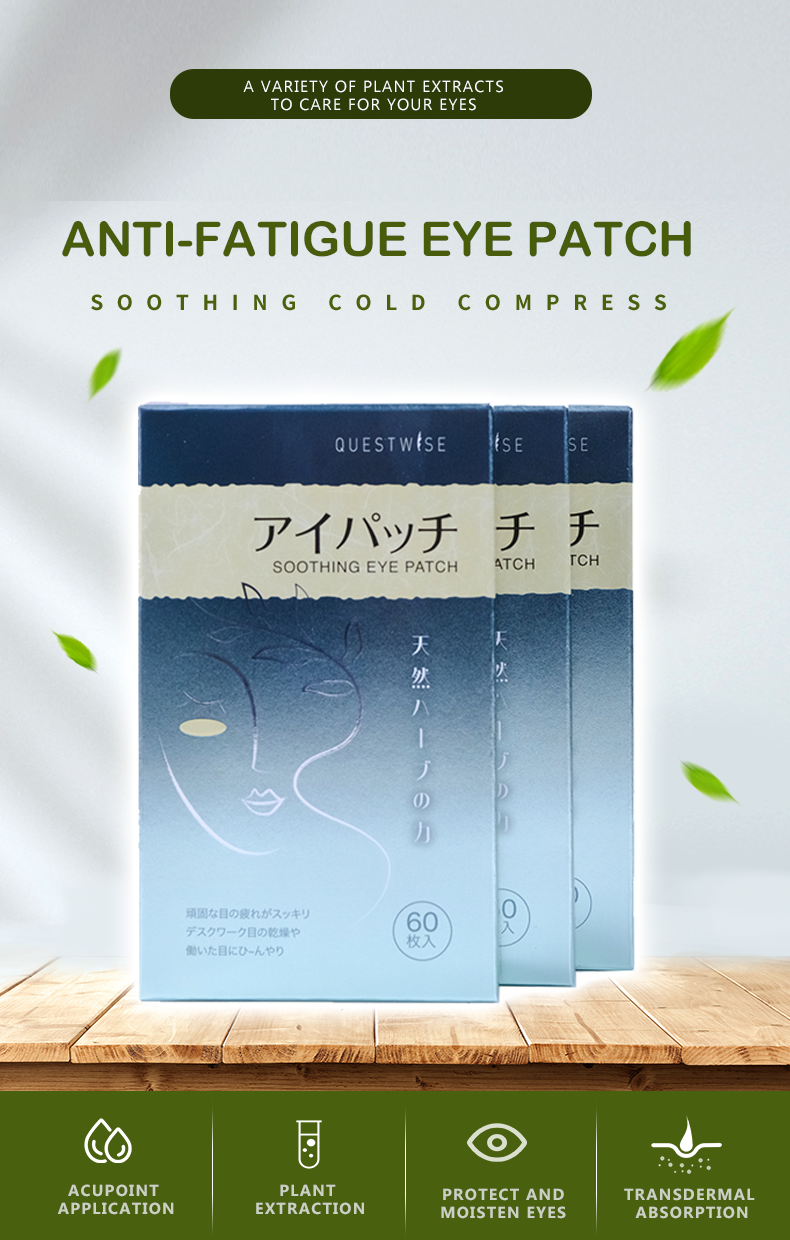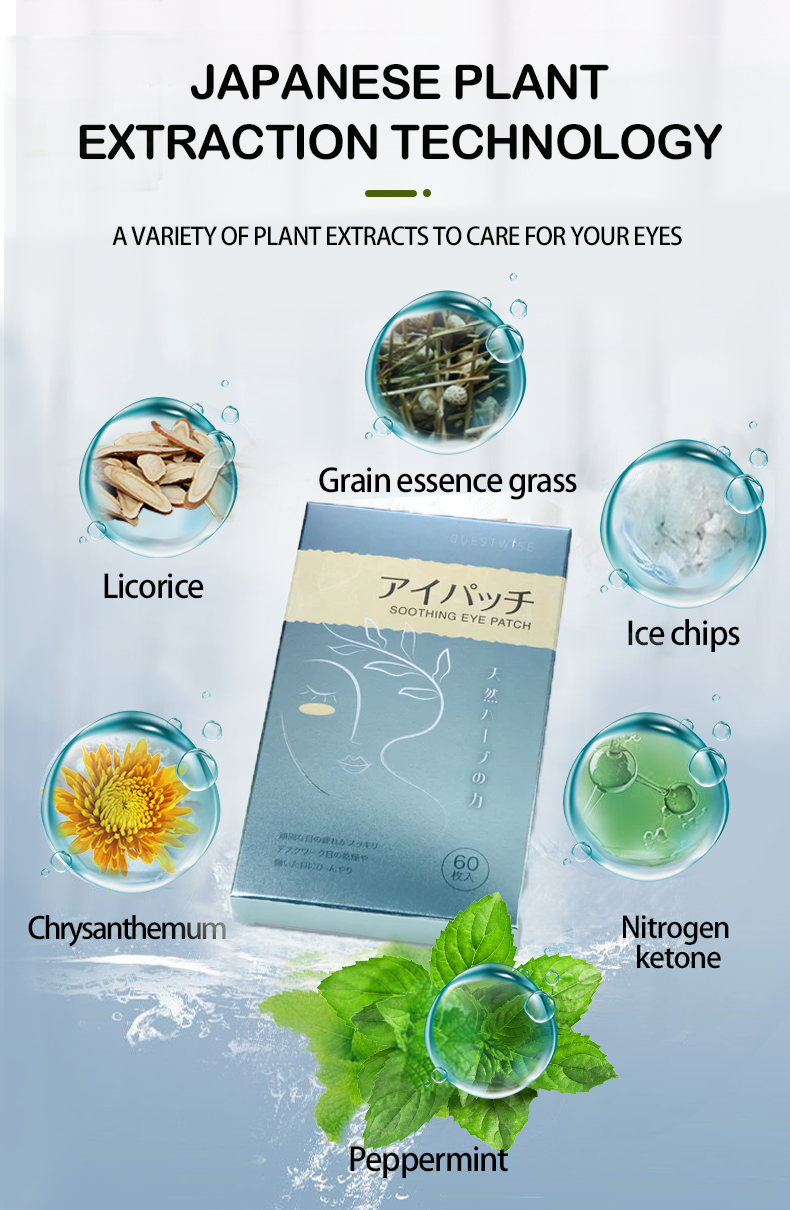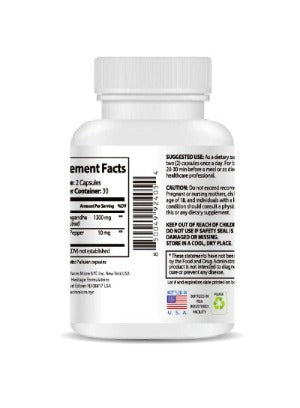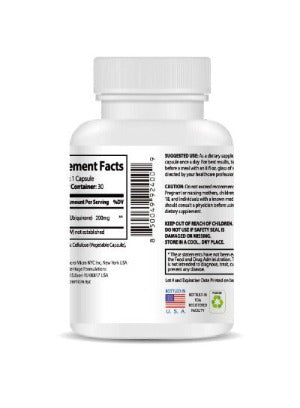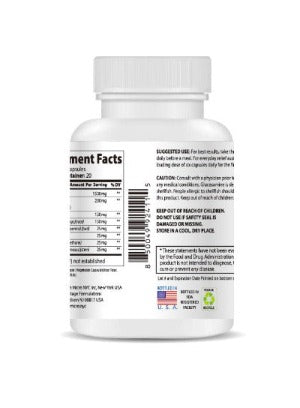Hay Fever Eye Itch Explained: Causes, Solutions, and Natural Relief in 2025
As the year 2025 unfolds, spring's arrival heralds not only the beauty of blooming flowers but also the unwelcome return of hay fever for millions. For many, the most irritating symptom isn't a stuffy nose or sneezing fits, but rather the persistent, maddening itch in the eyes. This isn't merely an inconvenience; it disrupts daily life, impacts sleep, productivity, and overall well-being. This comprehensive guide will delve into the root causes of hay fever eye itch, explore effective solutions—both conventional and natural—and guide you towards a more comfortable and enjoyable 2025. We'll explore the latest advancements in allergy management and introduce you to innovative natural remedies that can help you regain control over your symptoms.
Understanding the Science Behind Hay Fever Eye Itch
Hay fever, also known as allergic rhinitis, arises from an allergic reaction to airborne allergens. These tiny particles—pollen from trees, grasses, and weeds; mold spores; pet dander; and dust mites—trigger a cascade of events in the body's immune system. When these allergens make contact with your eyes, your immune system interprets them as threats, initiating a release of histamine and other inflammatory chemicals. This inflammatory response is the culprit behind the characteristic hay fever eye symptoms: intense itching, watery eyes, redness, swelling, and sometimes even sensitivity to light (photophobia). The severity of these symptoms varies widely among individuals, depending on their individual sensitivity and the level of allergen exposure.
The Primary Culprits: Identifying the Allergens in 2025
Identifying the specific allergens responsible for your eye itch is paramount to effectively managing your symptoms. In 2025, advanced testing methods make pinpointing your allergens more precise than ever before. Here are some of the most common culprits:
- Pollen: This remains a primary trigger for seasonal hay fever. Tree pollen typically peaks in early spring, followed by grass pollen in late spring and summer, and weed pollen in late summer and fall. Staying informed about local pollen counts through advanced weather apps and online resources is crucial for planning outdoor activities and minimizing exposure. Predictive pollen forecasting tools are becoming increasingly sophisticated, enabling you to prepare more effectively.
- Mold Spores: These microscopic fungi release spores that can induce allergic reactions, particularly in damp environments or following periods of rain. Mold spores can be found both indoors and outdoors, so maintaining a clean and dry home environment is vital. Improved mold detection technologies now allow for more accurate identification and removal of mold sources from your home.
- Pet Dander: Proteins present in the saliva, urine, and skin flakes of pets, such as cats and dogs, remain a major source of allergens. Even without owning a pet, you might encounter pet dander in public areas or the homes of others. In 2025, pet-allergen reducing products and improved cleaning techniques are becoming more readily available to help reduce exposure.
- Dust Mites: These tiny creatures thrive in household dust and feed on dead skin cells. Their feces and body parts contain potent allergens that irritate the eyes and respiratory system. The use of specialized allergen-proof bedding and improved vacuum cleaner technology helps significantly minimize dust mite exposure in the home.
Effective Solutions for Hay Fever Eye Itch in 2025
Managing hay fever eye itch requires a multi-faceted approach, integrating medical treatments, lifestyle adjustments, and potentially, natural remedies. The advancements of 2025 offer an even broader range of options.
Medical Treatments: The Latest Advancements
Over-the-counter and prescription medications have become increasingly refined, offering more effective and targeted relief:
- Second-Generation Antihistamine Eye Drops: These drops provide faster and longer-lasting relief from itching, redness, and watering eyes, with fewer side effects compared to their predecessors.
- Advanced Mast Cell Stabilizers: New formulations offer enhanced efficacy in preventing the release of histamine and other inflammatory chemicals, providing superior and prolonged relief.
- Targeted Immunotherapy: Allergy shots (immunotherapy) remain a highly effective long-term solution for many, gradually desensitizing the immune system to specific allergens. In 2025, newer and more convenient sublingual immunotherapy options are gaining popularity.
- Biologic Medications: For severe cases, biologics offer highly targeted therapies that modulate the immune response to allergens, providing substantial symptom relief.
Lifestyle Modifications for Optimized Allergen Control
Minimizing allergen exposure remains a cornerstone of hay fever management. In 2025, technological advancements offer enhanced tools for control:
- Smart Pollen Tracking Devices: Wearable devices and smartphone apps provide real-time pollen counts and personalized recommendations, allowing for dynamic adjustments to outdoor activities based on local pollen levels.
- Advanced Air Purification Systems: Smart home technology integrates with high-efficiency air purifiers to automatically adjust filtration based on allergen levels detected within the home.
- Allergen-Specific Cleaning Tools: Vacuum cleaners and cleaning solutions are designed specifically to remove allergens like dust mites and pet dander more effectively.
- Predictive Modeling for Allergy Seasons: Based on climate data and historical pollen patterns, advanced weather models can predict the severity and timing of allergy seasons with greater accuracy.
Natural Relief Options: Soothing and Calming Your Eyes
In addition to conventional treatments, natural remedies can offer complementary relief. In 2025, many of these methods are backed by more robust scientific research.
One effective approach is utilizing Wise Quest Soothing Eye Patches. These patches harness the power of traditional Chinese herbal medicine to address eye fatigue, dryness, astringency, redness, and swelling. The gentle, cooling sensation provides immediate relief from discomfort. These patches promote healthy blood circulation, helping to alleviate many common eye discomforts and offering a natural and soothing solution for the irritation caused by allergens. Their efficacy is further enhanced by advanced materials that ensure comfortable and prolonged wear.

Conclusion: A Personalized Approach to Hay Fever Eye Itch
Hay fever eye itch is a common and often debilitating condition, but effective management is achievable. In 2025, the combination of advanced medical treatments, sophisticated technological tools for allergen control, and natural remedies like Wise Quest Soothing Eye Patches empowers you to take control of your symptoms. Remember, a personalized approach is key. Consult an allergist or healthcare provider to discuss your symptoms, undergo testing to identify your specific allergens, and develop a treatment plan that suits your individual needs. Combining the latest medical advancements with lifestyle changes and natural remedies allows for a more holistic and comprehensive approach to managing hay fever eye itch, enabling you to fully enjoy the beauty of 2025 without the discomfort of persistent eye irritation.



